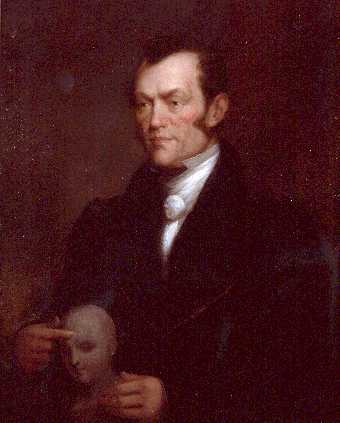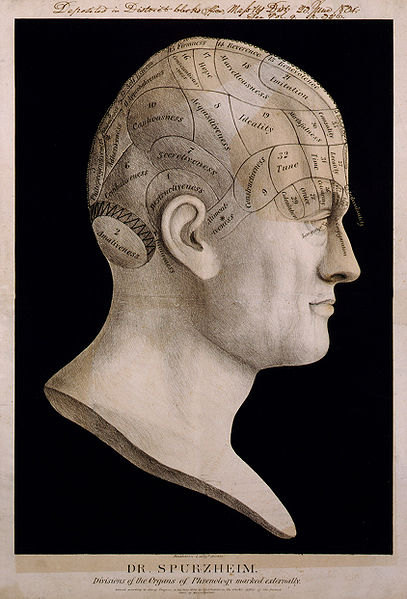<Back to Index>
- Physician Johann Gaspar Spurzheim, 1776
- Painter Giovanni Boldini, 1842
- Président de la République Française Émile François Loubet, 1838
PAGE SPONSOR


Johann Gaspar Spurzheim (1776 - 1832) was a German physician who became one of the chief proponents of phrenology created approximately in 1800 by Franz Joseph Gall (1758 - 1828). Appletons' Cyclopaedia of Biography (1856) stated that "his works are too well known to require particular description".
Spurzheim was born near Trier, Germany, on December 31, 1776, and studied medicine at the University of Vienna. He became acquainted with Gall in 1800 and was soon hired by him as an assistant. Gall intended to have Spurzheim as his successor and added his name as a co-author to books and publications. In 1812, however, Gall and Spurzheim had a falling out, and Spurzheim started a separate career, lecturing and writing extensively on what he termed 'Drs. Gall and Spurzheim's physiognomical System'. He greatly popularized phrenology, and traveled extensively throughout Europe, achieving considerable success in England and France.
He died of typhoid in Boston, in 1832, cutting short his first and only American tour. After the public autopsy of Spurzheim, his brain, skull, and heart were removed, preserved in jars of alcohol as relics, and put on display to the public. Adoring Bostonians staged an elaborate public funeral and erected a monument in Mount Auburn Cemetery in Cambridge, Massachusetts.
Spurzheim made many alterations to Gall's phrenological system, including an increase in the number of "organs", as well as its organization into a hierarchical system. Spurzheim also used images and busts to illustrate the craniographic approach of phrenology.
Appletons' Cyclopaedia of Biography (1856) stated that "One of his distinct claims is that of having demonstrated the fibrous structure of the brain".
Spurzheim also coined the term phrenology.